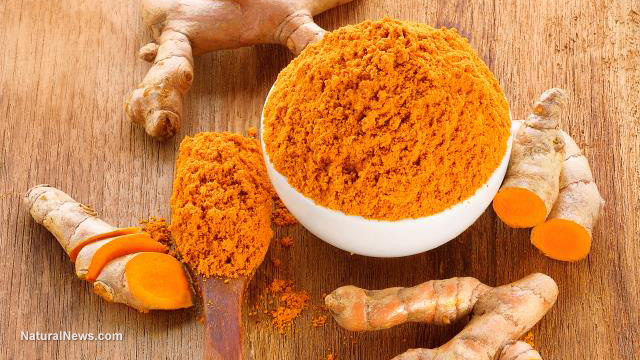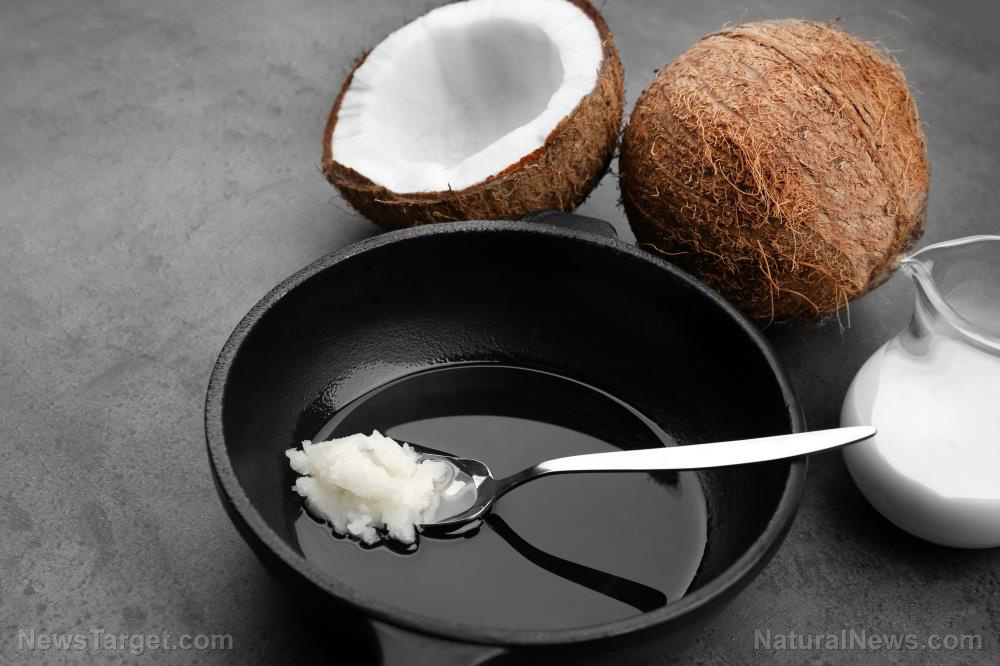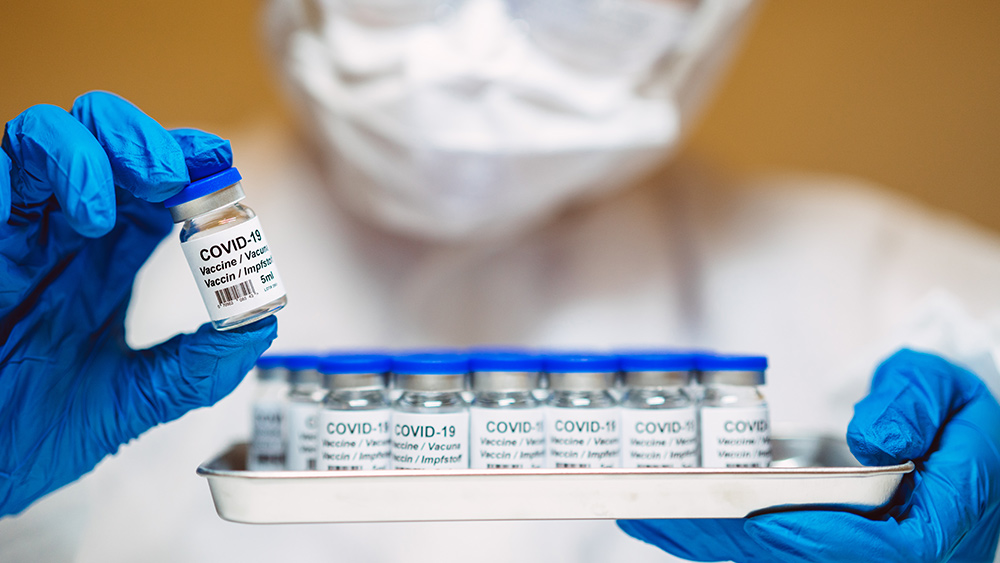 Parler
Parler Gab
Gab
While it is clear that wheat lectin has potential to do harm, it must be emphasized that the type of harm it does is harder to diagnose than in classically defined wheat/gluten allergies and celiac disease. In other words, confirmation of intolerance will not be found in antibody, allergy or intestinal biopsy testing because the damage it does is direct, and not necessarily immune-mediated, or only secondarily so.
This diagnostic "invisibility" is why lectin consumption is rarely linked to the ailments that afflict those who consume them. While lectins are not the sole or primary cause of a wide range of disorders, they are a major factor in sustaining or reinforcing injuries or diseases once they are initiated and/or established in the body.
In the case of wheat lectin (WGA) this is due to the fact that it binds to, interacts and disrupts a basic component found within all neural, connective and epithelial tissue, namely, n-acetyl-glucosamine. Once WGA makes it through a compromised mucosa and/or digestive lining, for instance, it can exert systemic effects which easily become overlooked as being caused by consuming wheat. So Why Do Plants Like Wheat Produce Lectins? Nature engineers, within all species, a set of defenses against predation, though not all are as obvious as the thorns on a rose or the horns on a rhinoceros. Plants do not have the cell-mediated immunity of higher life forms, like ants, nor do they have the antibody driven, secondary immune systems of vertebrates with jaws. They must rely on a much simpler, innate immunity. It is for this reason that seeds of the grass family, e.g. rice, wheat, spelt, rye, have exceptionally high levels of defensive glycoproteins known as lectins. In a previous article we explored this in greater depth:Wheat lectin is Nature's ingenious solution for protecting the wheat plant from the entire gamut of its natural enemies. Fungi have cell walls composed of a polymer of N-Acetylglucosamine. The cellular walls of bacteria are made from a layered structure called the peptidoglycan, a biopolymer of N-Acetyl-glucosamine. N-Acetylglucosamine is the basic unit of the biopolymer chitin, which forms the outer coverings of insects and crustaceans (shrimp, crab, etc.). All animals, including worms, fish, birds and humans, use N-Acetyglucosamine as a foundational substance for building the various tissues in their bodies, including the bones. The production of cartilage, tendons, and joints depend on the structural integrity of N-Acetylglucosamine. The mucous known as the glycocalyx, or literally, "sugar coat" is secreted in humans by the epithelial cells which line all the mucous membranes, from nasal cavities to the top to the bottom of the alimentary tube, as well as the protective and slippery lining of our blood vessels. The glycocalyx is composed largely of N-Acetylglucosamine and N-Acetylneuraminic acid (also known as sialic acid), with carbohydrate end of N-Acetylneuraminic acid of this protective glycoprotein forming the terminal sugar that is exposed to the contents of both the gut and the arterial lumen (opening). WGA's unique binding specificity to these exact two glycoproteins is not accidental. Nature has designed WGA perfectly to attach to, disrupt, and gain entry through these mucosal surfaces. ~ Opening Pandora's Bread BoxThe Omnipresence of Chitin-Binding Lectin in the Western Diet While eliminating wheat from the diet is an excellent and necessary step for improving health, it may not be alone sufficient, especially in those with serious health challenges. There are other lectins in the Western diet that have properties similar to wheat lectin (WGA), namely, "chitin-binding lectins." Remember, "chitins" are long polymers of n-acetyl-glucosamine, the primary binding target of wheat lectin. Wheat lectin and "chitin-binding lectin" therefore share functional similarities. These chitin-binding lectin containing foods are: 1) Potato [view abstract] 2) Tomato [view abstract] 3) Barley [view abstract] 4) Rye [view abstract] 5) Rice [view abstract] Yes, you are seeing correctly: potato and rice, which are two of the most commonly used ingredients in "gluten and wheat free" products, are on the list of foods which contain a lectin structurally and functionally similar to wheat lectin. While the "nightshade" (potato and tomato) connection with inflammation has been known about for quite some time anecdotally, rice has rarely been considered problematic and has become something of a poster child for the wheat/gluten free industry which often substitutes it for gluten-containing ingredients. The discovery that chitin-binding lectin is broadly distributed throughout cereal grasses sheds light on how the grain-free diet produces health results superior to that of eliminating wheat and gluten containing grains alone. How These Lectins Explain Our Dependence on NSAIDs and Glucosamine Because many tissues within humans are comprised of n-acetyl-glucosame (a chitin-like substance) the consumption of seemingly innocuous foods such as listed above could result in a wide range of adverse effects (see WGA Research). The fact that so many Americans consume at least two or three of the above foods (plus wheat) daily may explain, for one, why degenerative joint disease (i.e. osteoarthritis) is the rule and not the exception in Western societies. This should explain the connection further:
One way to gauge just how pervasive the adverse effects of these foods are among Western populations is the popularity of the dietary supplement glucosamine. In the USA, a quarter billion dollars’ worth of glucosamine is sold annually.The main source of glucosamine on the market is from the N-Acetylglucosamine rich chitin exoskelotons of crustaceans, like shrimp and crab. Glucosamine is used for reducing pain and inflammation. We do not have a dietary deficiency of the pulverized shells of dead sea critters, just as our use of NSAIDs is not caused by a deficiency of these synthetic chemicals in our diet. When we consume glucosamine supplements, the chitin-binding lectins in our foods, instead of binding to our tissues, bind to the pulverized chitin in the glucosamine supplements, sparing us from their full impact. Many millions of Americans who have greatly reduced their pain and suffering by ingesting glucosamine and NSAIDs may be better served by removing chitin-binding lectin containing foods (the underlying cause of their malaise) from their diets. This would result in even greater relief from pain and inflammation along with far less dependency on palliative supplements and medicines alike. ~ Opening Pandora's Bread BoxThe connection between these chitin-binding lectins and NSAID/Glucosamine dependency has now been explained, but this is only the tip of the "lectin" iceberg. I believe that an in-depth investigation into wheat lectin/chitin-binding lectin will reveal that these "invisible thorns" are a rather dominant contributing factor to morbidity and mortality in Westernized societies, and largely go unnoticed because they do not require immune mediation (and therefore may not be diagnosable through antibody testing) in order to inflict damage. Read more at: GreenMedInfo.com
70 Reasons to eat more flaxseed
By News Editors // Share
Preventing and reversing cancer naturally: The anticancer diet shopping list
By News Editors // Share
6 Evidence-based ways to burn belly fat & extend your life
By News Editors // Share
Turmeric’s “weight loss secret”: It turns bad fat good
By News Editors // Share
Honey heals chronic dandruff, scaly, itchy scalp (seborrheic dermatitis)
By News Editors // Share
How coconut oil may rescue the brain from Alzheimer’s disease
By News Editors // Share
Governments continue to obscure COVID-19 vaccine data amid rising concerns over excess deaths
By patricklewis // Share
Tech giant Microsoft backs EXTINCTION with its support of carbon capture programs
By ramontomeydw // Share
Germany to resume arms exports to Israel despite repeated ceasefire violations
By isabelle // Share










